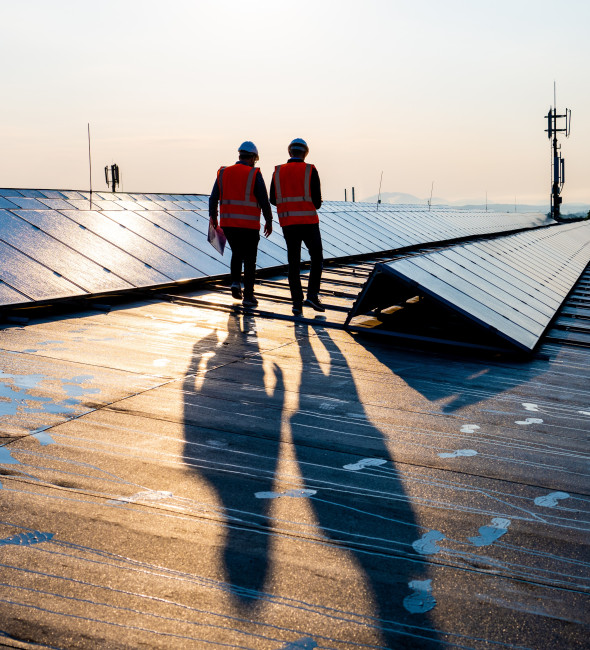Governments spend financial resources raised from revenues, debt and even (more controversially) money issuance to support public policy and buy goods and services for their operations. Given this, governments are typically the biggest allocators of capital even in market-based economies.
Public finance is a critical tool to achieve public policy aims like climate and nature protection — it can support those aims directly, help steer private markets to support them, decrease the economic and political costs of future climate policies, and direct resources to underserved and/or marginalized communities to help make the transition to a green economy more equitable.
Yet, investments to date have been insufficient to address the scale of our climate and nature crises. To limit greenhouse gas (GHG) emissions in line with the Paris Agreement and halt biodiversity loss, we must rapidly scale up public investment.
Increasing public investment will be especially crucial in areas where private finance is insufficient for the pace and speed necessary, such as public services and infrastructure; research, development, demonstration and commercialization of new technologies; reaching underserved and/or marginalized groups; and job training. Early, targeted and large-scale public investments can also play a vital role in catalyzing and mobilizing shifts in the private sector.
Importantly, governments will need to simultaneously increase investments in climate and nature, phase down subsidies and investments that are detrimental to the climate and environment, and create policies that discourage pollution and ecosystem damage.
Estimates suggest that global public investment in climate measures from both domestic and international sources should increase to at least $3.8 trillion a year by 2030. Finance flows to developing countries should also increase to meet the recent global commitment of $300 billion a year and work toward $1.3 trillion, investments in nature-based solutions should triple, and biodiversity financial resources need to increase to at least $200 billion per year.
To unleash the power of the public sector in achieving these climate and biodiversity goals, we need government leadership that reflects the urgency of climate action, persistent demand for accelerated change from civil society, public financial institutions designed for these goals, and coordinated monetary and fiscal policy to support large public investments.


